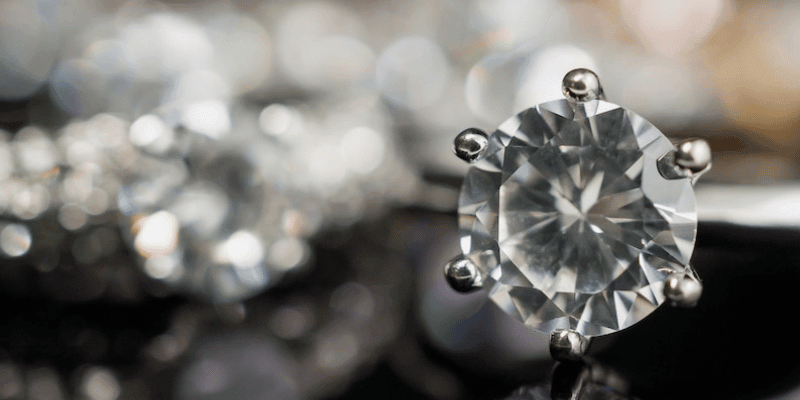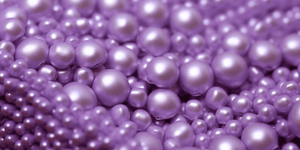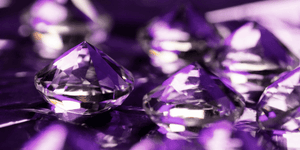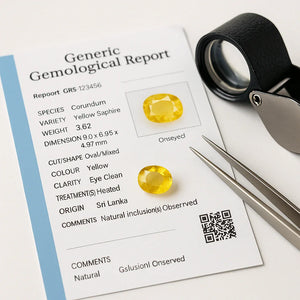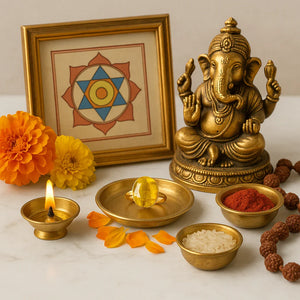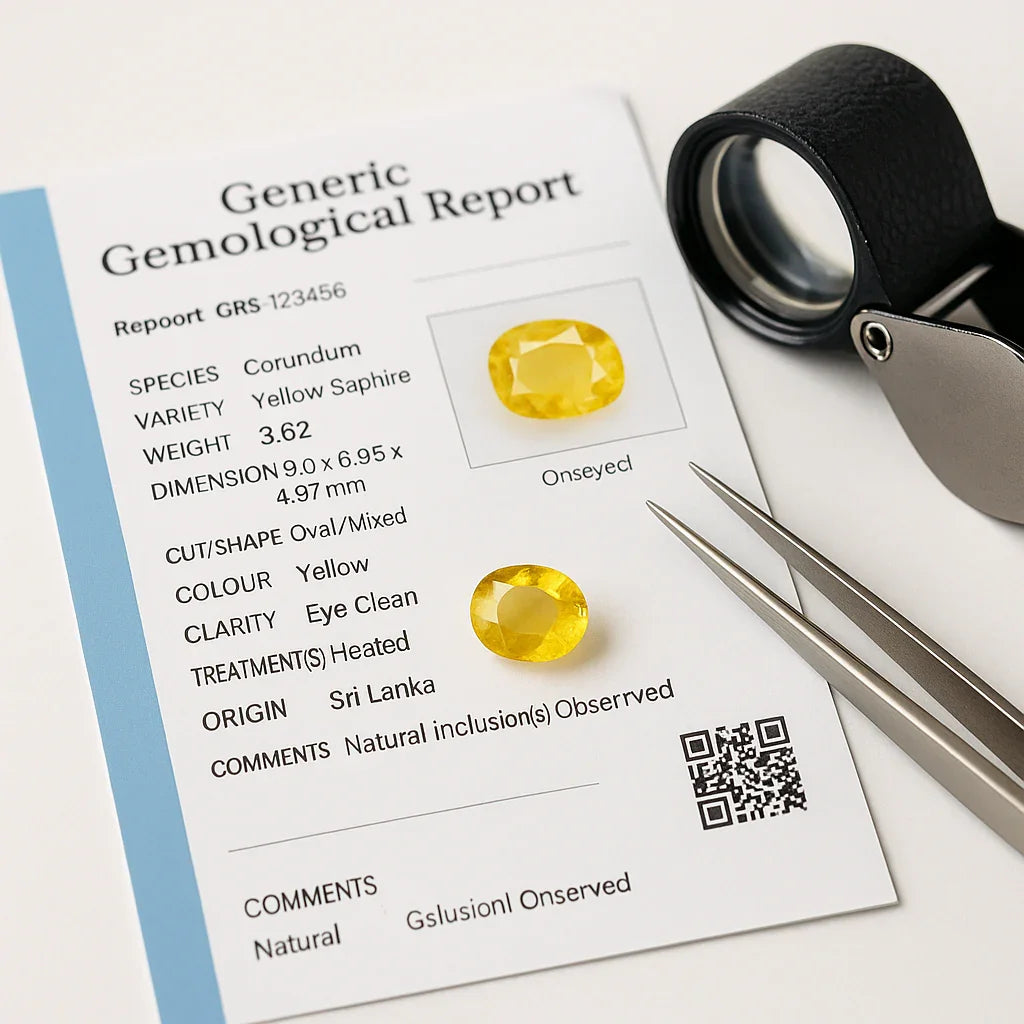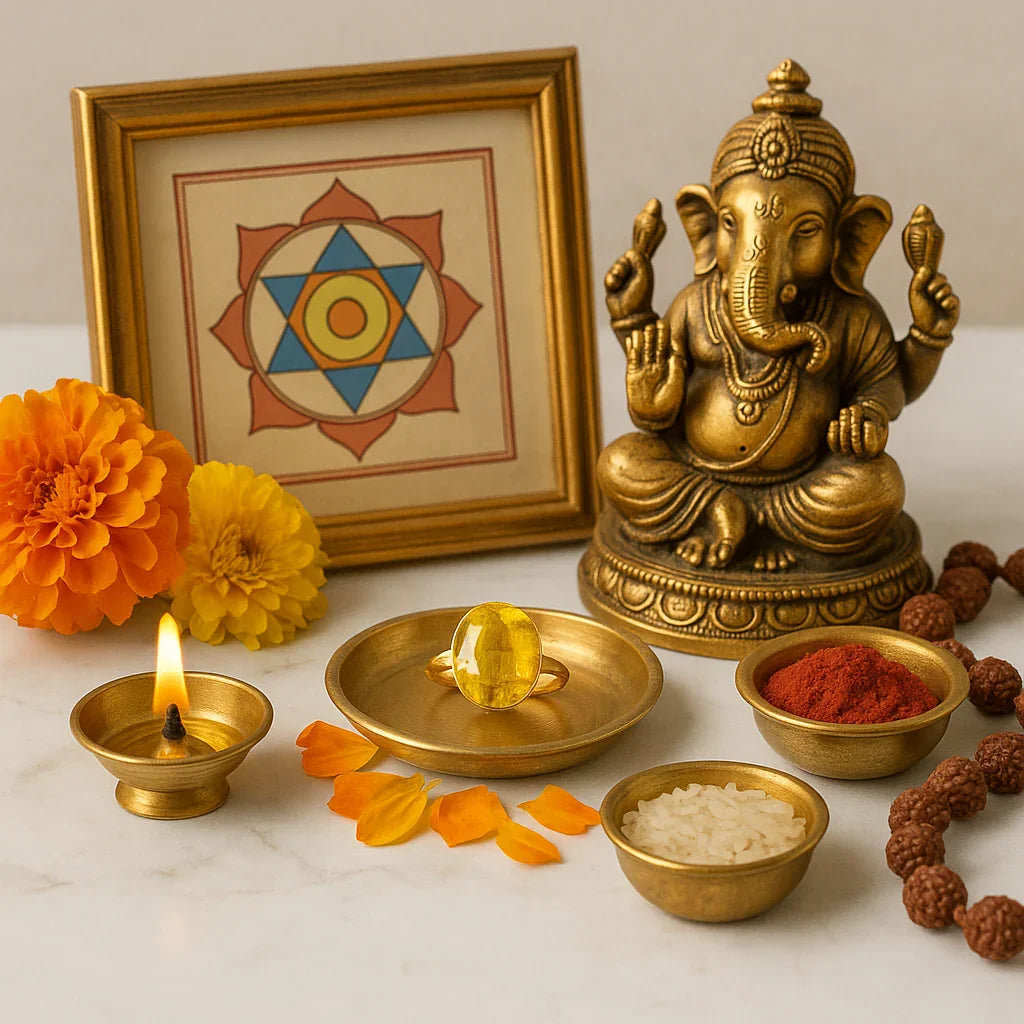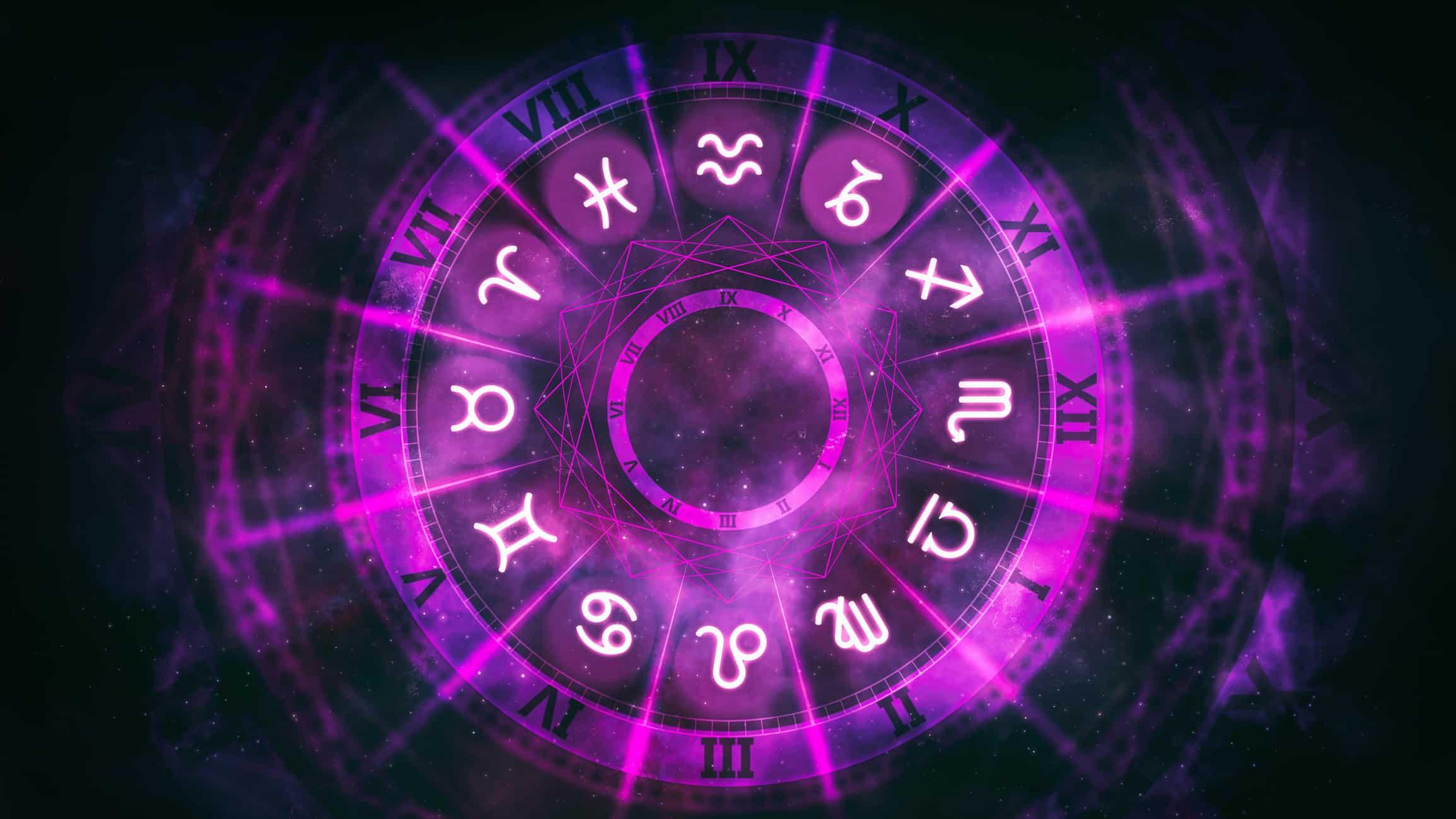White zircon is a captivating gemstone known for its brilliance and sparkle. It belongs to the mineral group of zirconium silicate and can be found in various colors like white, blue, yellow, orange, and green. For this discussion, we'll focus on white zircon, which appears transparent and colorless, resembling a diamond. Its colorlessness makes it an attractive and affordable alternative to diamonds, providing a similar look.
One of the remarkable features of white zircon is its brilliance and fire. "Brilliance" refers to the gemstone's ability to reflect light and create a dazzling sparkle, while "dispersion" allows it to separate light into spectral colors, enhancing its visual appeal.
On the Mohs scale of mineral hardness, zircon ranks between 6.5 and 7.5, making it suitable for use in jewelry. However, it's not as durable as diamonds, sapphires, or rubies, so it requires some care to avoid scratches and damage.
It's essential to distinguish between natural white zircon and cubic zirconia (CZ). Natural white zircon is a genuine gemstone formed in the earth, while CZ is a synthetic material designed to imitate the appearance of diamonds. Natural white zircon holds higher value due to its rarity and natural origin compared to CZ, which is more affordable.
White zircon can be found in various locations worldwide, such as Sri Lanka, Myanmar, Cambodia, Thailand, Australia, and Brazil.
This exquisite gemstone is commonly used in various types of jewelry, including rings, earrings, necklaces, and bracelets, and can be an excellent choice for special occasions like engagement rings.
To maintain the sparkle of white zircon, it's essential to protect it from hard blows and avoid wearing it during activities that may subject it to rough handling. Regular cleaning with mild soap and water will help keep it in good condition.
In ancient times, zircon was believed to have healing properties and was associated with bringing prosperity and wisdom to the wearer.
Call: 9007746465

